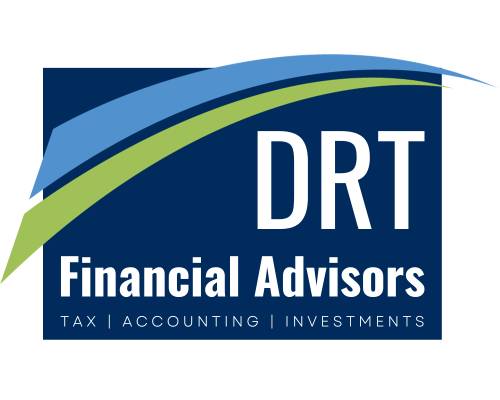Unlike prior generations, our children will not have the opportunity to work for companies that offer retirement plans that guarantee an employee has a “paycheck for life.”
Even governments, long known for their generous benefit packages, are dropping their guaranteed benefit plans. It will be up to our children to save for their retirement, invest appropriately, and set realistic retirement expectations.
We all want to make sure our children (or grandchildren) have a comfortable life. With working to obtain our own financial goals, we sometimes forget that with a very small investment we can jump-start our children’s retirement savings and start them on a path to a comfortable retirement.
Would you be willing to sacrifice $1 per day for your child for the first 18 years of their life? The power of compounding turns this small sacrifice into a large retirement fund.
For example, if you invested $1 a day in a low-cost S&P 500 index fund, you would have invested $6,570 by the time your child turns 18. The S&P 500 earned an average of 10.2% per year between 1973 and 2014. Therefore, if you left the investment alone and did nothing after your child reached age 18, your child will have over $1,775,000 by age 67 (their normal retirement age).
Obviously, there are some caveats to this plan. Your child will be liable for taxes on the dividends earned by this plan. (Fortunately, if your child is in the 15% tax bracket, the current divided tax rate is -0-; if they are in a higher tax bracket, they can hopefully afford to pay the taxes).
Also, while $1,775,000 sounds like a lot of money, you must remember that 67 years from now, that $1,775,000 will only likely have the purchasing power of approximately $250,000 in today’s dollars. (But would you complain about investing $6,570 and getting back over $250,000?).
At Dreggors, Rigsby &Teal, we encourage you to help your children secure a solid future. We can recommend how to set up the investment account, where to send your contributions, and a good, low cost index fund to invest in. We also will send out periodic reminders that you should fund your plan to keep you on track.
As always, we would appreciate the opportunity to answer any questions about this article or any other financial planning and investing questions that you may have.


0 Comments